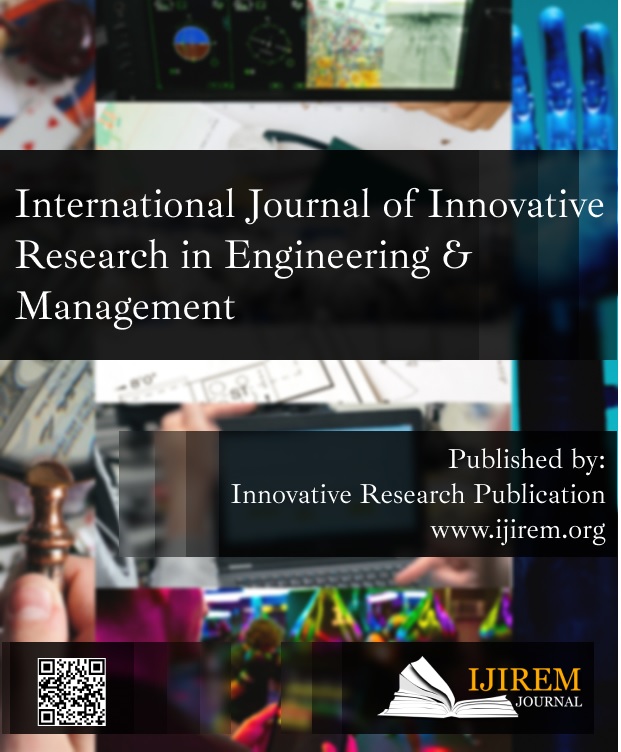Study of Female College Graduates Employment in an Age of Gender Equality
Keywords:
Competition, College Graduate, Equality in Workplace, Female EducationAbstract
Following ratification of the United Nations (UN) Convention on the Elimination of All Forms of Discrimination Against Women, the Japanese government enacted the Law Respecting the Improvement of the Welfare of Women Workers, Including the Guarantee of Equal Opportunity and Treatment Between Men and Women in Employment (the Equal Opportunity Act) in 1985 and spent the next twenty-five years enforcing it. As a result, political obstacles to workplace gender equality are slowly but gradually disappearing in Japan. However, in addition to political constraints, social and structural barriers inside firms also remain. The elimination of these extra barriers is important if we are to develop a society where truly egalitarian employment can be accomplished. It is possible to see some improvements in these cultural barriers in contemporary Japanese society as a result of changes in the functions of a college degree and changes in the family techniques that couples pick based on their financial situations. Employees' ability to advance in the workplace today, under the lifetime employment system, may be a result of their participation in the competitive promotion process, independent of gender. College-educated women may still feel significant hurdles, although they are getting thinner under the leadership of the national government.
Downloads
References
A. T. Le, B. Y. LaCost, and M. Wismer, “International female graduate students’ experience at a midwestern university: Sense of belonging and identity development,” J. Int. Students, 2016, doi: 10.32674/jis.v6i1.485.
Y. Feng et al., “Meso level influences on long term condition self-management: stakeholder accounts of commonalities and differences across six European countries,” PLoS One, 2015.
C. A. R. Malatzky, “‘I Do Hope That It’ll Be Maybe 80/20’: Equality in Contemporary Australian Marriages,” M/C J., 2012, doi: 10.5204/mcj.562.
J. A. Laub, “Assessing the servant organization; Development of the Organizational Leadership Assessment (OLA) model. Dissertation Abstracts International,” Procedia - Soc. Behav. Sci., 1999.
V. Šidlauskienė, “Norminių teisės aktų dėl moterų ir vyrų lygybės nuostatos moksle ir studijose analizė. (Lithuanian),” Equal. BETWEEN WOMEN MEN Sci. Res. Acad. Stud. Legis. Anal., 2012.
S. Leberman and S. Shaw, “‘Let’s be honest most people in the sporting industry are still males’: the importance of socio-cultural context for female graduates,” J. Vocat. Educ. Train., 2015, doi: 10.1080/13636820.2015.1057212.
A. A. Eldaba and J. K. Isbell, “Writing Gravity: International Female Graduate Students’ Academic Writing Experiences,” J. Int. Students, 2018, doi:
32674/jis.v8i4.236.
B. Alqudayri and T. Gounko, “Studying in Canada: Experiences of female graduate students from Saudi Arabia,” J. Int. Students, 2018, doi: 10.5281/zenodo.1468078.
J. Rai, R. C. Tripathi, and N. Gulati, “A comparative study of implementing innovation in education sector due to COVID-19,” 2020, doi: 10.1109/SMART50582.2020.9337148.
S. Kumar, K. K. Jha, R. K. P. Tripathi, N. Kumar, and A. Chaudhary, “Synthesis and anticonvulsant evaluation of 3-(5-(4-substitutedphenyl)-4,5- dihydro-1h-pyrazol-3-ylamino)-2-(2-
methylphenyl)quinazolin-4(3h)-one derivatives,” Indian J. Pharm. Educ. Res., 2021, doi: 10.5530/ijper.55.2s.132.
N. Trivedi, B. Singh, and K. K. Jha, “Ethanolic whole plant extract of farsetia jacquemontii showed antipyretic & analgesic potential in mice,” Acta Pharm. Sci., 2020, doi: 10.23893/1307- 2080.APS.05814.
K. S. Bora and B. Singh, “Evaluation of antiepileptic activity of lantana camara (Linn.) flowers in swiss albino mice,” Thai J. Pharm. Sci., 2019.
S. Y. Chiu and H. L. Chuang, “Employability and Wage Compensation in an Asian Economy: Evidence for Female College Graduates in Taiwan,” Emerg. Mark. Financ. Trade, 2016, doi: 10.1080/1540496X.2015.1117844.
G. Gibson-Beverly and J. P. Schwartz, “Attachment, Entitlement, and the Impostor Phenomenon in Female Graduate Students,” J. Coll. Couns., 2008, doi: 10.1002/j.2161-1882.2008.tb00029.x.
S. Shukla, A. Lakhmani, and A. K. Agarwal, “A review on integrating ICT based education system in rural areas in India,” 2017, doi: 10.1109/SYSMART.2016.7894531.
F. N. Khan and K. Govil, “Optimize task allocation method to reduce processing time in Distributed Processing Environment,” 2017, doi: 10.1109/SYSMART.2016.7894523.
Q. Liu, W. Cai, B. Wang, Z. Fu, and N. Linge, “An optimization scheme in mapreduce for reduce stage,” Int. J. Grid Distrib. Comput., 2016, doi: 10.14257/ijgdc.2016.9.8.17.
L. Rajpoot, S. Singh, and S. Madan, “Avalanche parameters for deploying sensor nodes in snow bound region,” 2017, doi: 10.1109/SYSMART.2016.7894502.
S. Tyagi, A. Sexena, and S. Garg, “Secured high capacity Steganography using distribution technique with validity and reliability,” 2017, doi: 10.1109/SYSMART.2016.7894500.
V. S. Rana, J. K. Rajput, T. K. Pathak, and L. P. Purohit, “Porous-shaped n-CdZnO/p-Si heterojunctions for UV photodetectors,” Appl. Phys. A Mater. Sci. Process., 2021, doi: 10.1007/s00339- 021-04373-4.
K. K. Chattopadhyay, A. K. Sharma, and D. Banerjee, “Photoluminescence and temperature dependent polarization response of MgTiO3synthesised via solid state reaction,” Adv. Nat. Sci. Nanosci. Nanotechnol., 2021, doi:
1088/2043-6254/abde3a.
M. Juneja and S. K. Nagar, “Robust Control of Interlinking Converter Using PSO and ABC Algorithms,” Recent Adv. Electr. Electron. Eng. (Formerly Recent Patents Electr. Electron. Eng., 2020, doi: 10.2174/2352096513666201104161240.
A. Sinha et al., “Calcination Temperature-Dependent Structural and Photoluminescence Properties of Hydroxyapatite Derived from Labeo Rohita Fish Scales,” J. Inst. Eng. Ser. D, 2020, doi: 10.1007/s40033-020-00232-3.
